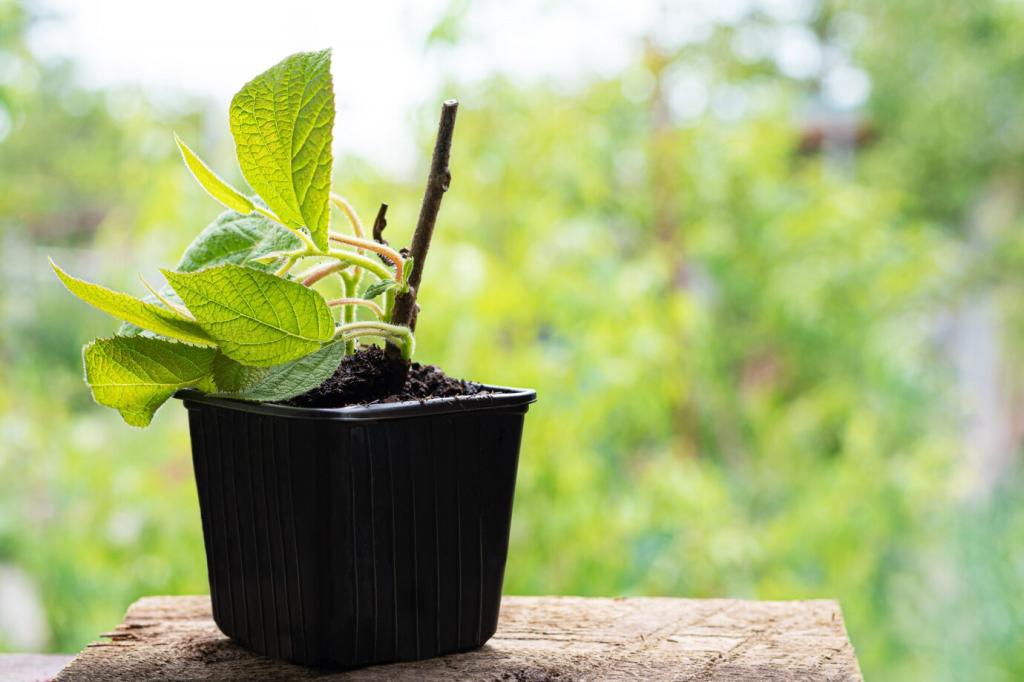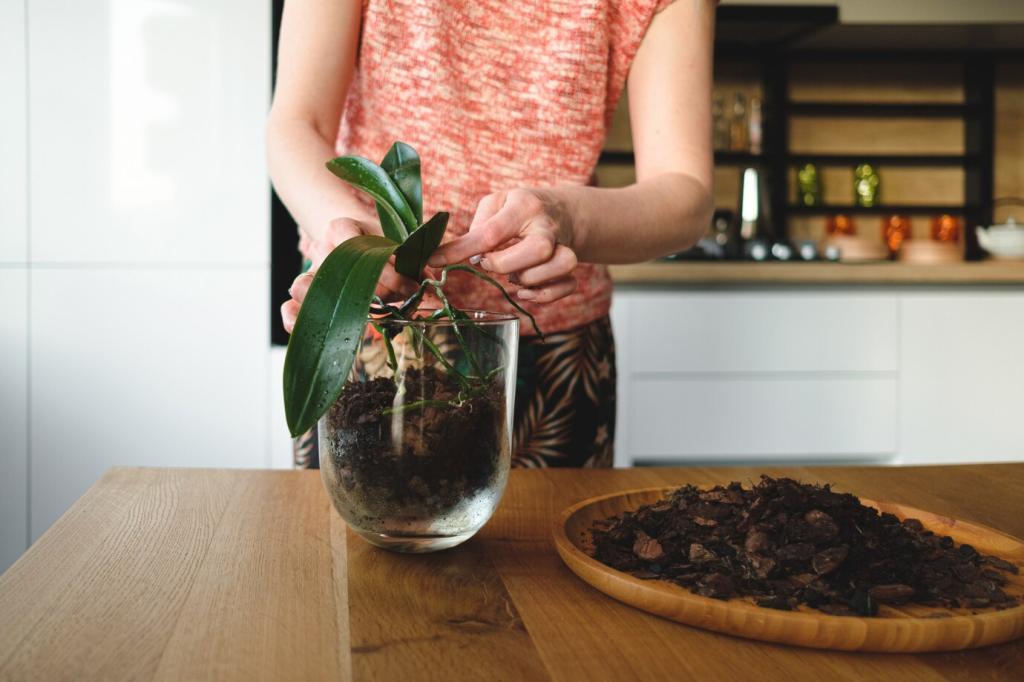
Materials Needed for Balcony Compost Bin
Chosen theme: Materials Needed for Balcony Compost Bin. Build a compact, clean, and effective compost setup that fits your balcony life. We will map every must-have material, share practical stories, and invite you to join a friendly community of urban composters.
The Right Container: Compact, Breathable, Durable
Choose a food-grade plastic tote, wooden box with liners, or a metal pail with rust-resistant coating. Aim for 10–20 gallons, which balances volume and manageability. Ensure the walls are sturdy yet easy to drill for airflow, and keep the footprint balcony friendly.
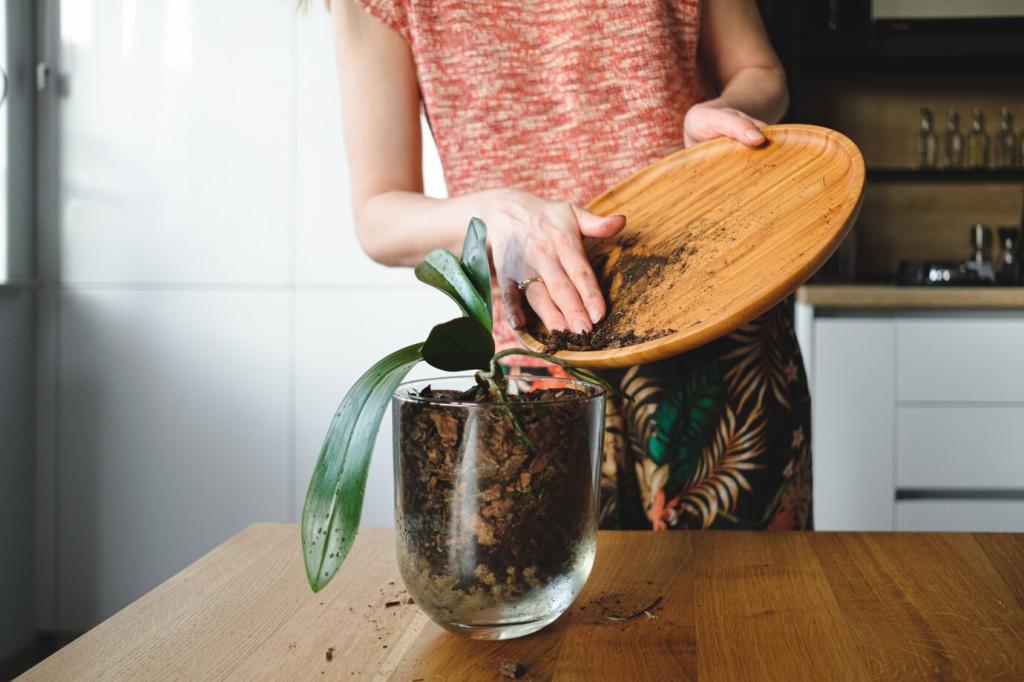
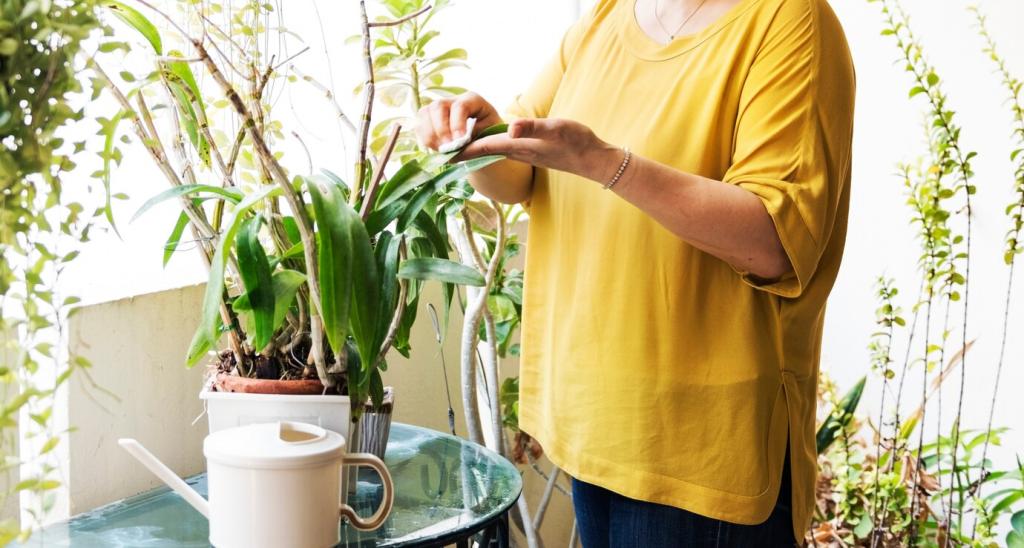
The Right Container: Compact, Breathable, Durable
Drill 6–8 mm aeration holes around sides and lid, then cover from the inside with fine mesh to block gnats. Place the bin on a tray or saucer to catch drips. After a surprise shower drenched my first setup, that tray saved the downstairs neighbor.
Carbon and Nitrogen Materials to Stock
Shredded cardboard, torn egg cartons, paper towel cores, dry leaves, and coco coir make dependable browns. Keep a breathable sack of browns beside your bin. Every time you add kitchen scraps, sprinkle browns on top to control moisture, texture, and potential odor.
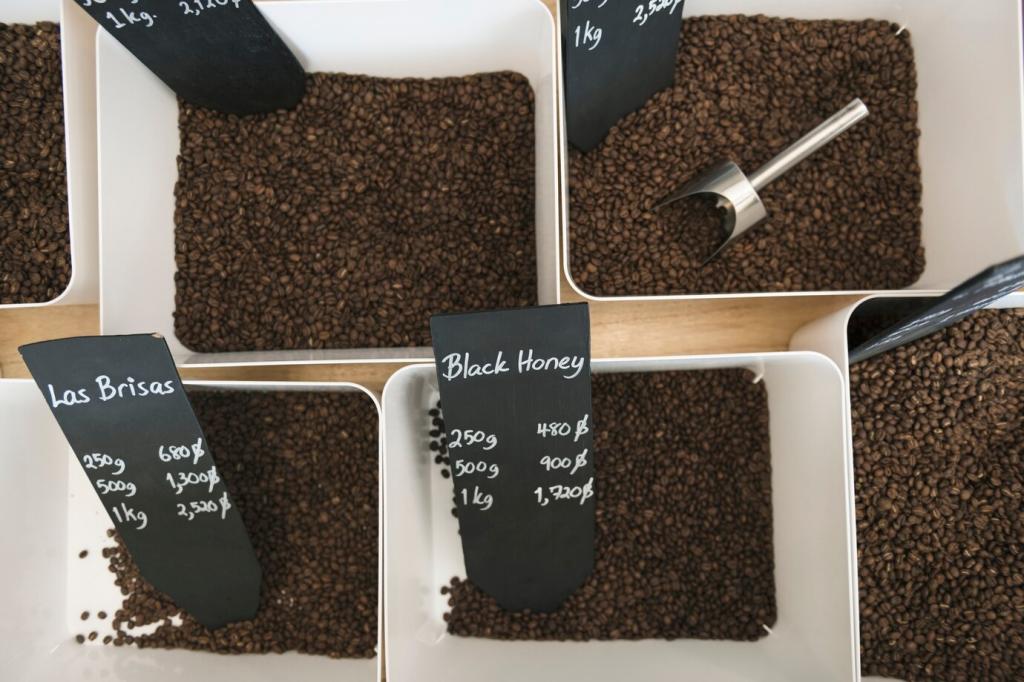
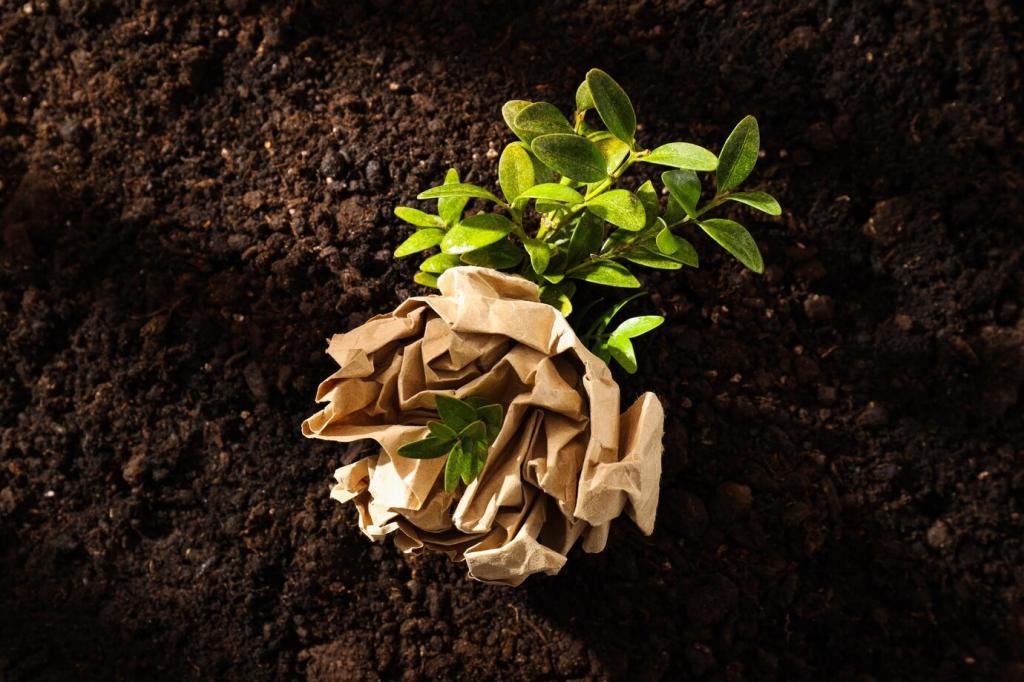
Carbon and Nitrogen Materials to Stock
Collect fruit and vegetable peels, coffee grounds, and spent tea. Chop scraps small to accelerate breakdown in limited space. Avoid meat, dairy, oily foods, or glossy paper. A compact caddy with a lid keeps your kitchen tidy while you gather enough for the next layer.
Tools and Accessories That Simplify Composting
Aeration tools and hand gear
Use a compost crank, sturdy dowel, or slim hand trowel to mix layers without heavy lifting. Lightweight nitrile gloves protect hands during quick turns. A weekly, gentle aeration keeps microbes happy, prevents compaction, and helps your materials break down evenly on a small balcony.
Measuring moisture and heat
A simple squeeze test still works, but a moisture meter and compost thermometer add confidence. Aim for a wrung-out sponge feel and gentle warmth inside. On a chilly morning, I saw faint steam rising—a tiny, thrilling sign of life in a modest urban bin.
Cutting, drilling, and setup basics
A drill with a spade or step bit creates clean ventilation holes. Keep scissors or a utility knife for shredding cardboard and trimming mesh. Mark hole positions with pencil for even airflow. Have a balcony-friendly cleanup routine, and tell us what layout makes your workflow easiest.
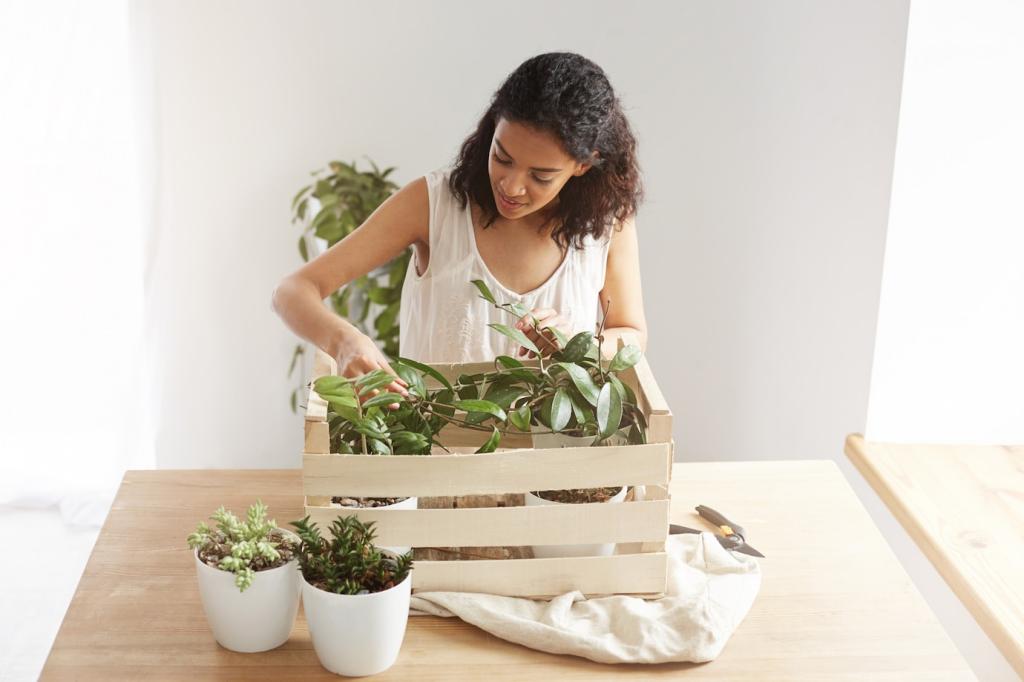
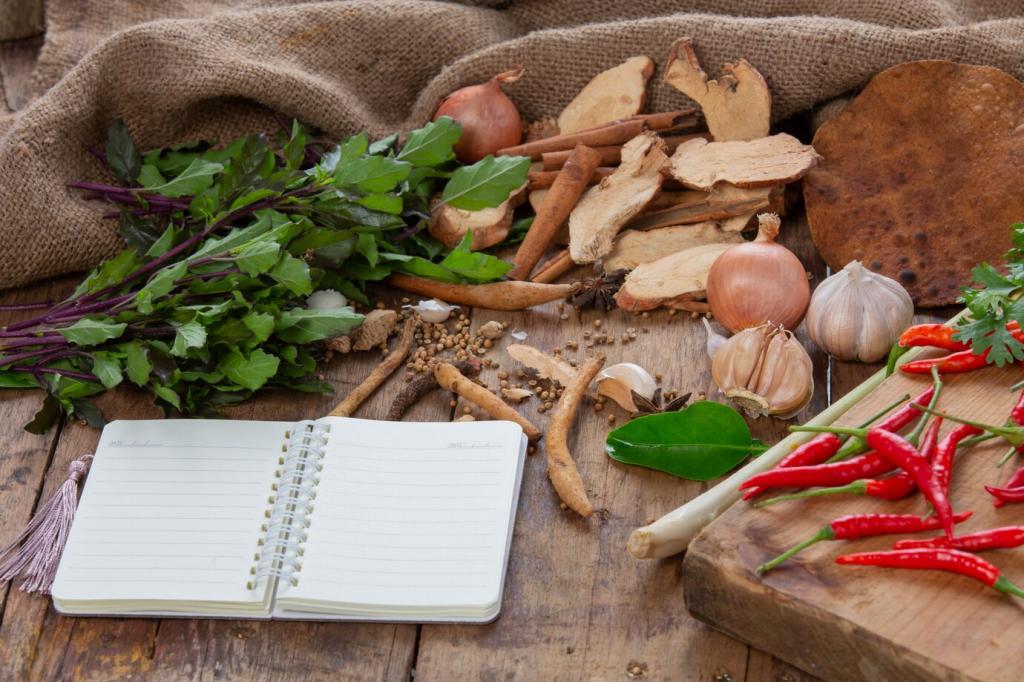
Odor Control and Cleanliness Materials
A thin top layer of biochar, mature leaf mold, or finished compost helps neutralize smells and smooth humidity. A charcoal filter sheet under the lid adds extra assurance. It is optional but comforting in tight buildings where airflow and courtesy really matter.
Odor Control and Cleanliness Materials
Coco coir bricks, untreated wood shavings, and straw soak up excess moisture and create structure. Mix a little into wet batches to improve airflow. Skip aromatic cedar shavings, which can slow microbes. What absorbents work best for you? Share your favorites with the community.
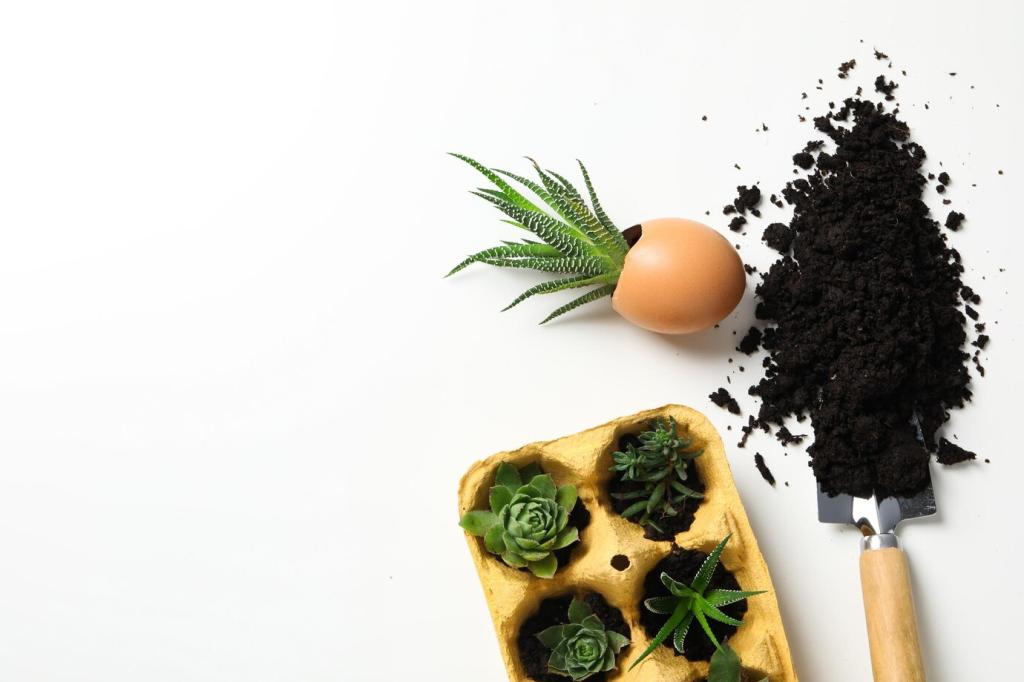
Use a waterproof cover that still allows air to move, or pair a lid with a breathable fabric sleeve. Shield from direct downpours and harsh midday sun that can bake the bin. A clip-on shade panel is surprisingly effective and looks neat on apartment railings.
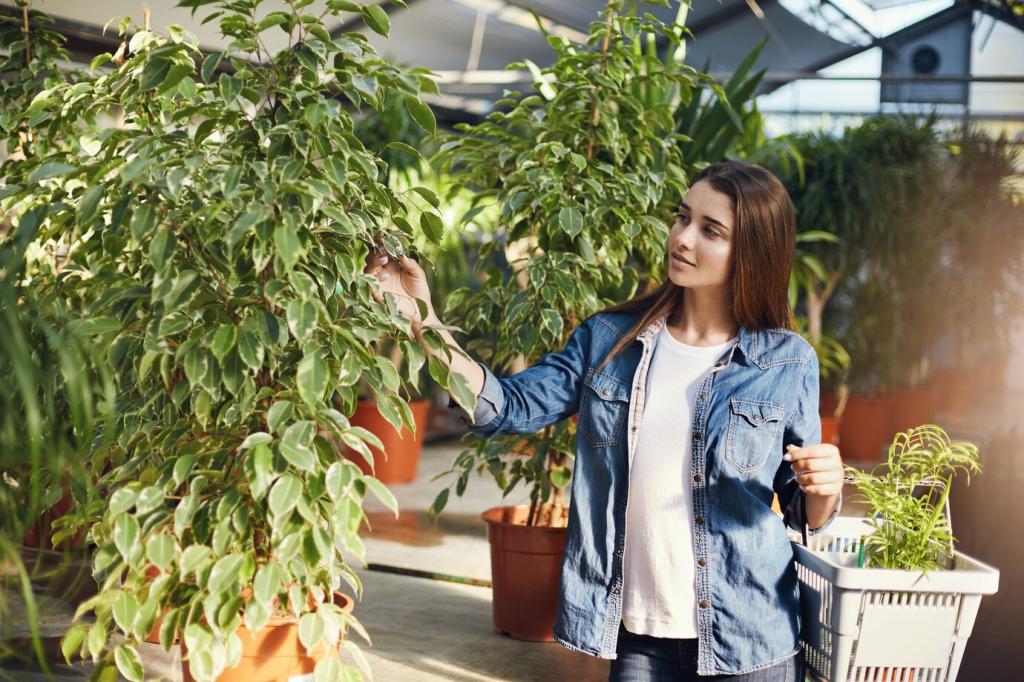
Cardboard liners, recycled bubble wrap, or an old blanket around the bin stabilize temperatures during cool nights. Microbes prefer consistent warmth. Even a simple windbreak tucked behind planters helps. Tell us your region, and we will compare cold-weather hacks readers swear by.
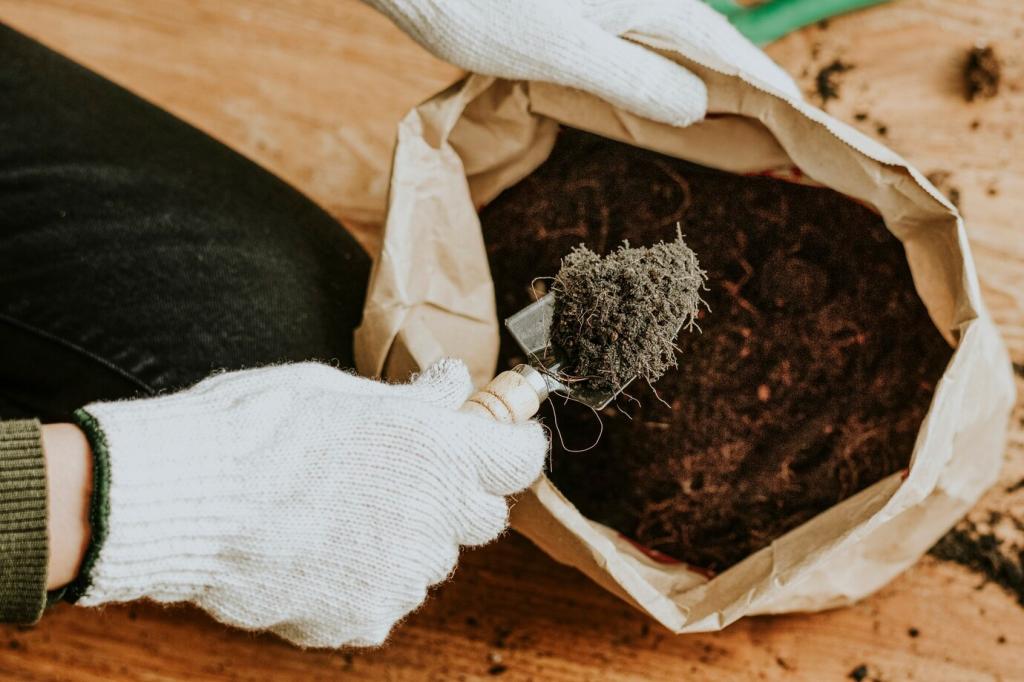
A rolling plant caddy makes moving the bin effortless for cleaning. Stackable crates can store browns without clutter. A deep saucer catches leachate. On my tiny balcony, a wheeled stand freed space for herbs, making composting and gardening feel like one smooth routine.
Worm bin essentials
Choose a shallow, vented tote or tiered worm bin; add bedding made from moistened shredded paper and coco coir. Red wigglers, Eisenia fetida, thrive in small spaces. A pinch of eggshell powder provides grit, supporting digestion and reducing acidity in compact urban systems.
Feed and maintenance supplies
Keep a spray bottle for moisture, breathable cloth for covering, and freezer bags to pre-freeze scraps to deter pests. Feed small, frequent portions and avoid citrus overload. After spicy leftovers once caused a worm migration, I learned to mix in extra bedding and patience.
Your first trip list
You will want a sturdy lidded bin, drill and mesh for vents, a tray, coco coir, cardboard, gloves, a hand trowel, and optional moisture and temperature meters. Add browns storage, a scrap caddy, and simple cleaners to keep your balcony welcoming.
Upcycle before you buy
Repurpose food-grade buckets, shipping crates, and jars for browns storage. Collect leaves from community cleanups, and ask a cafe for spent coffee grounds. A neighbor once donated moving boxes, which became perfect browns. Share your favorite local upcycling spots with fellow readers.
Join the conversation and grow
Tell us what materials you already have and what you still need. Post photos of your setup, ask questions, and subscribe for ongoing balcony compost tips. Your story might be the nudge someone needs to start turning scraps into living soil this weekend.
